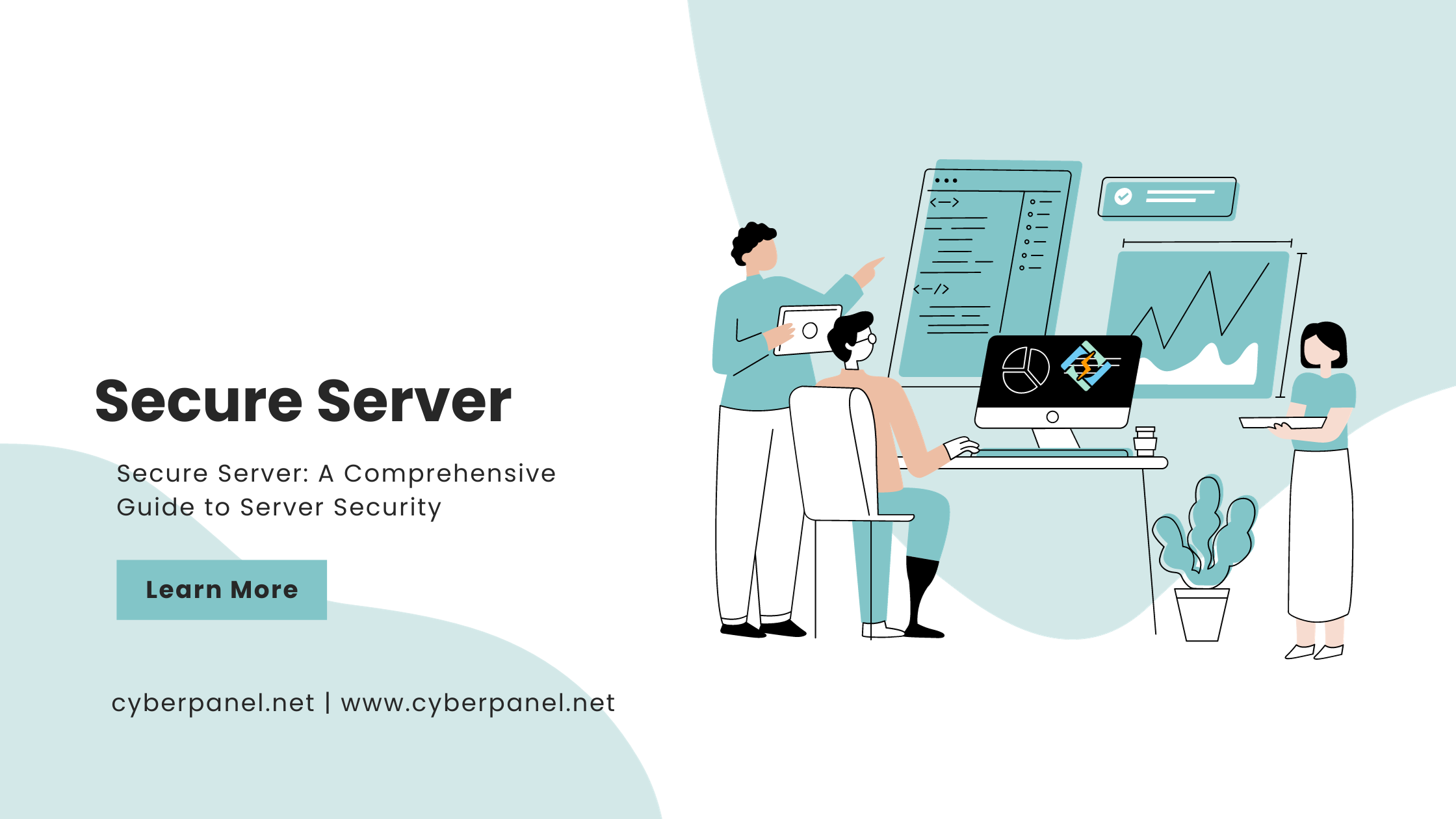Secure Server Setup
Setting up a secure server is crucial for protecting your data and maintaining the integrity of your online presence. In this article, we will discuss some key steps you can take to ensure your server is safe from cyber threats.
1. Update Software Regularly
One of the easiest ways to protect your server is to regularly update your software. This includes your operating system, web server software, and any other applications running on your server. Updates often contain security patches that can help prevent hackers from exploiting vulnerabilities.
2. Use Strong Passwords
Another important step in securing your server is to use strong, unique passwords for all accounts. Avoid using easily guessable passwords like “password123” or “123456.” Instead, opt for a mix of letters, numbers, and special characters to create a strong password that is difficult for hackers to crack.
3. Enable Firewall Protection
A firewall is a critical component of server security as it helps monitor and filter incoming and outgoing network traffic. By enabling a firewall, you can control which data is allowed to enter and exit your server, reducing the risk of unauthorized access or data breaches.
4. Implement SSL Encryption
Secure Socket Layer (SSL) encryption is essential for protecting sensitive data transmitted between your server and users’ browsers. By implementing SSL on your server, you can ensure that all communication is encrypted, making it nearly impossible for hackers to intercept and decipher sensitive information.
5. Monitor Server Activity
Regularly monitoring your server activity can help detect any suspicious behavior or unauthorized access attempts. By keeping a close eye on server logs and performance metrics, you can quickly identify and address any security threats before they escalate into a serious issue.
6. Backup Your Data Regularly
Backing up your data regularly is essential for ensuring that you can recover quickly in the event of a server compromise or data loss. By creating automated backups of your server’s data, you can rest assured that you can restore your system to a secure state with minimal downtime.
7. Restrict User Access
Limiting user access to your server is crucial for maintaining security. Ensure that only authorized users have access to sensitive files and services on your server. By restricting user permissions, you can reduce the risk of internal threats and unauthorized data access.
8. Stay Informed About Security Threats
Staying informed about the latest security threats and best practices is key to keeping your server secure. Subscribe to security newsletters, follow reputable security blogs, and regularly update yourself on emerging threats and vulnerabilities. By staying informed, you can proactively address security risks and protect your server from potential attacks.
Conclusion
Securing your server is a continuous process that requires vigilance and proactive measures. By following these key steps and staying informed about security best practices, you can fortify your server against cyber threats and safeguard your data from potential breaches. Remember, a secure server is the foundation of a secure online presence.
